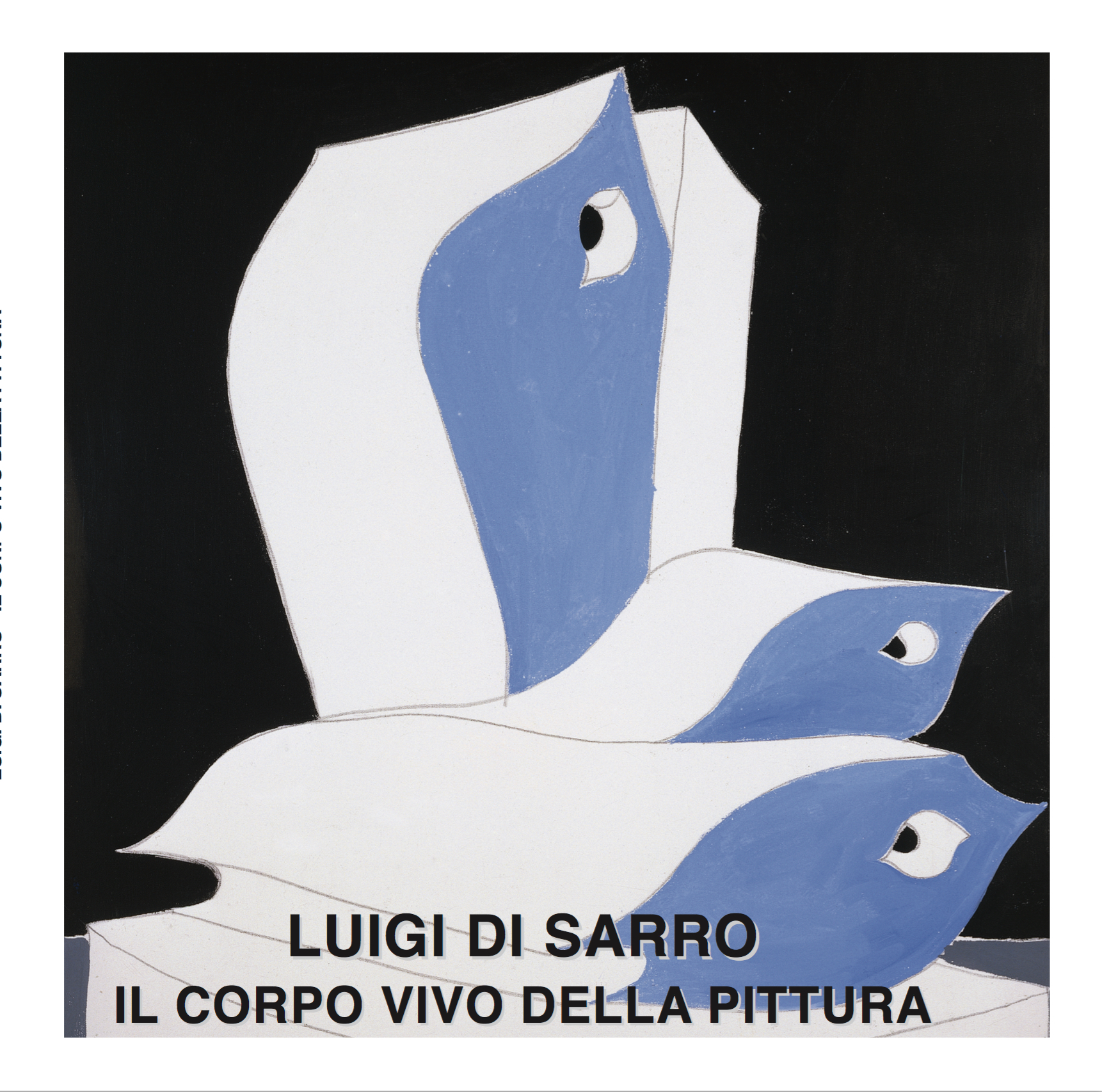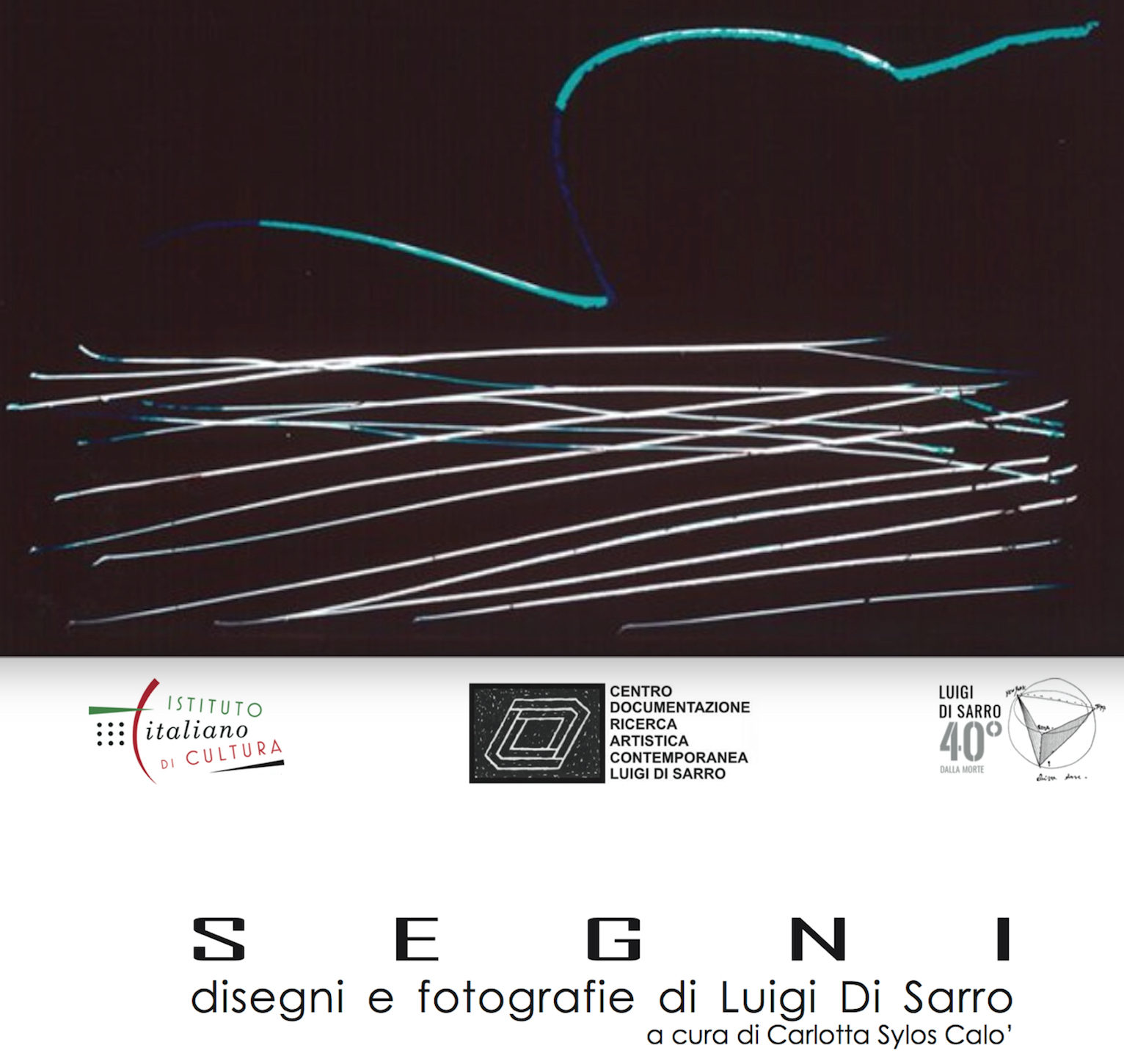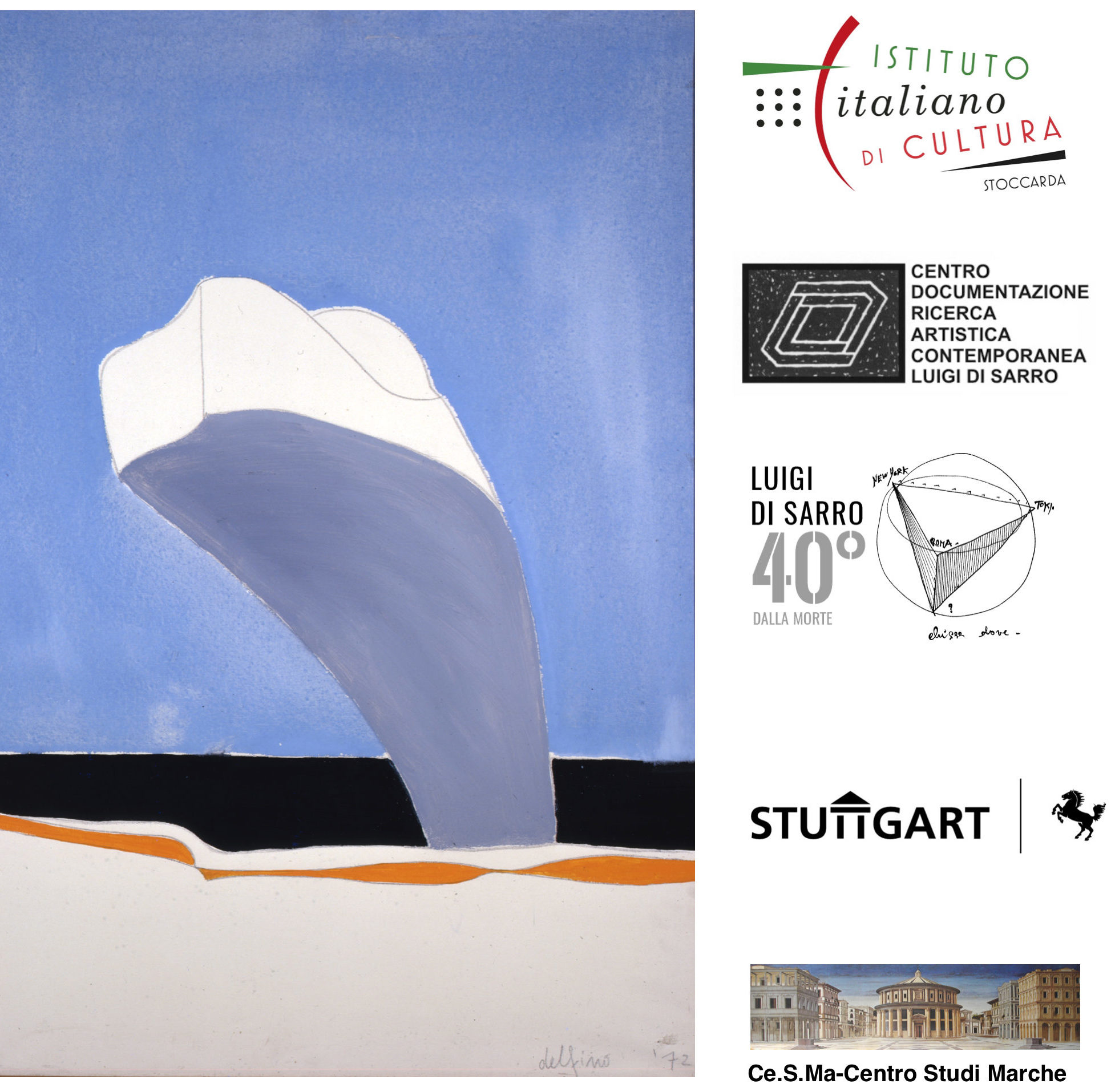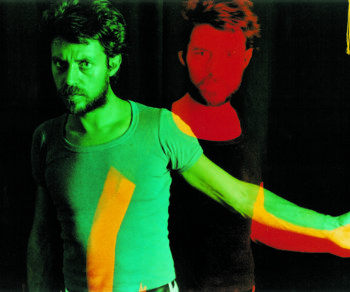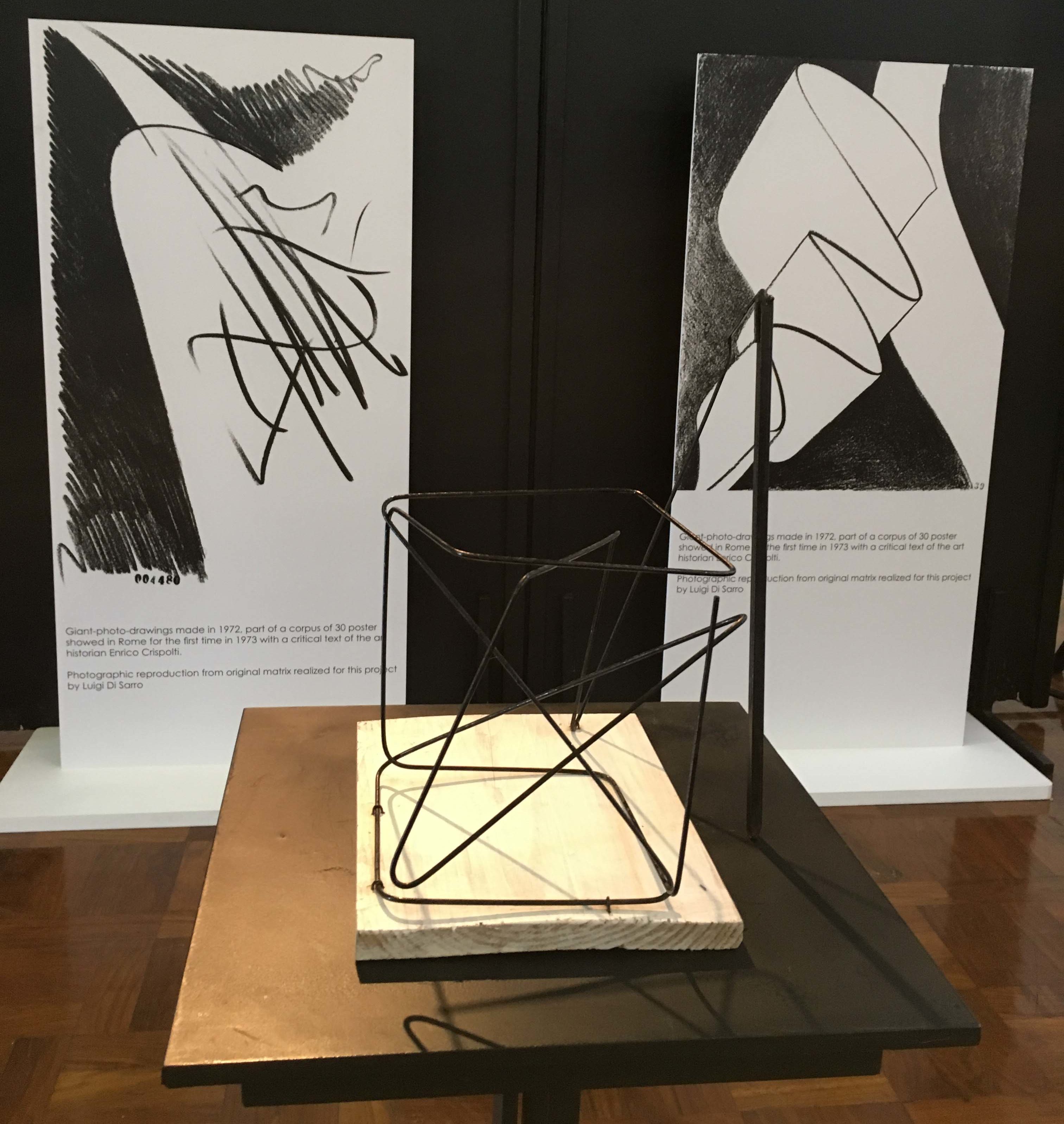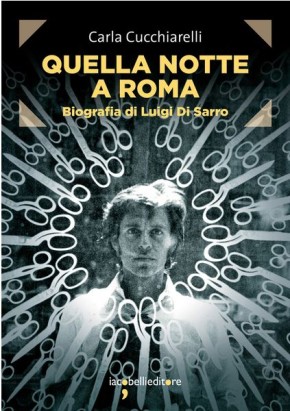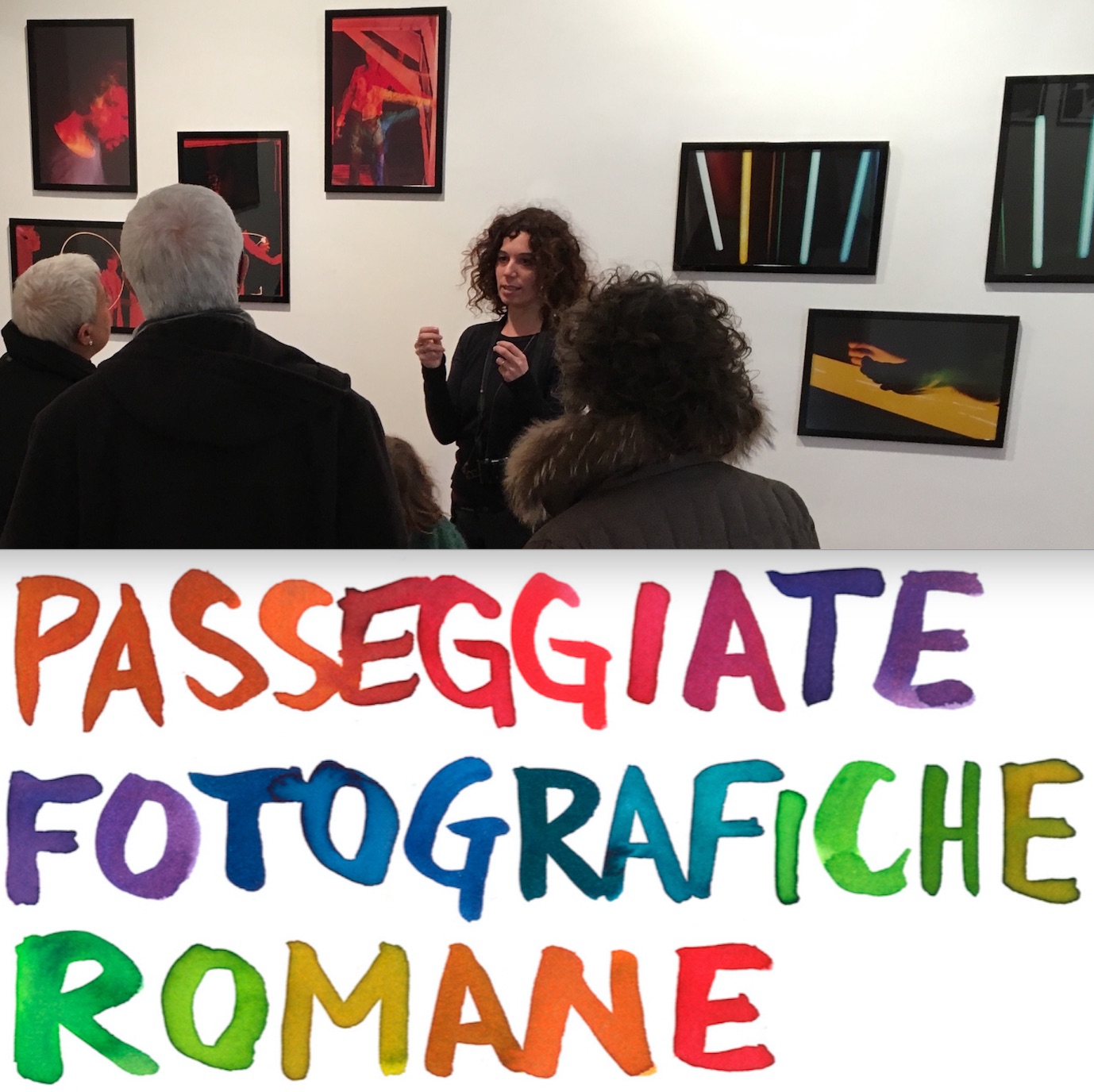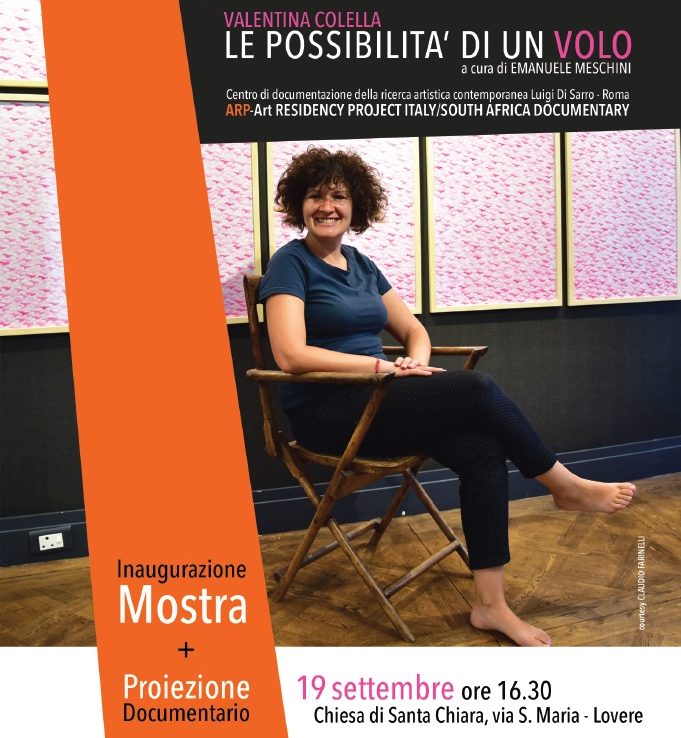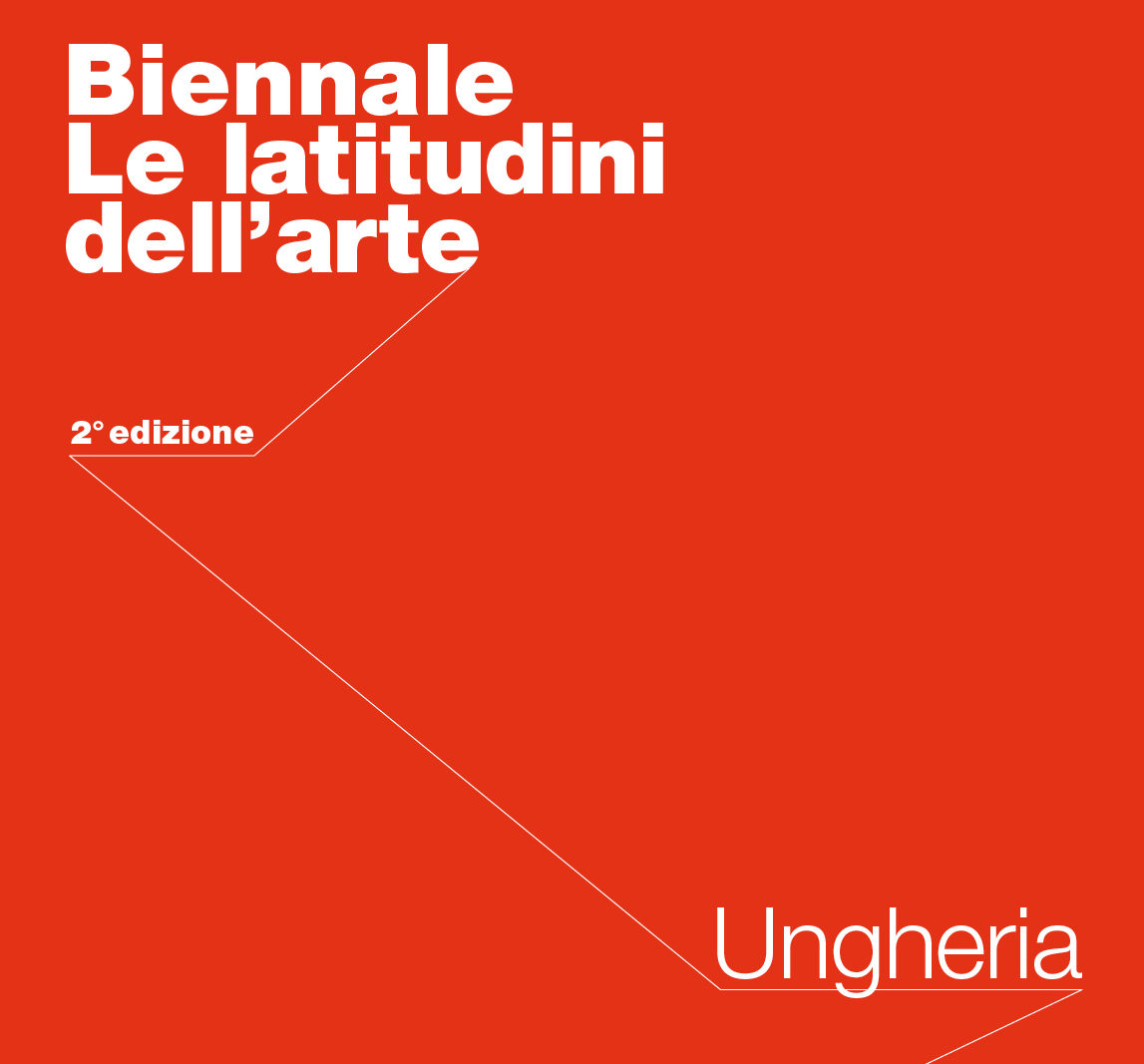Following the stage on Stuttgart, the exhibition LUIGI DI SARRO.The living body of painting, curated by Paola Ballesi, opens in the spaces of the Istituto Italiano di Cultura in Cologne. The exhibition continues the celebrations of the 40th anniversary of the death of Luigi Di Sarro.
“Di Sarro’s creativity investigates various artistic and scientific fields, such as painting, philosophy, poetry, mathematics, technology, which involved the aspects of the process more than those related to representativeness. His approach is rather analytical. We note that this diversity of interests is the result of his great curiosity and desire to deepen the issues he was dealing with. In the cycle of the gouaches of 1964 he repeated the motif of the square, and in the pictures partially realized with the “dripping” process, in which he sprays the canvas with color, he shows two different procedures, two opposite principles: repetitiveness and expressiveness. In his oil and acrylic paintings instead he experiments and plays with the three-dimensionality on the surface. Today his works offer a richness and a stratified meaning, which in the course of time have lost nothing of their artistic potential”, writes Maria Mazza, Director of IIC Cologne in the Prologue of the catalogue which offers a curatorial note and a large critical anthology.
On show 38 painting realized by Di Sarro between the Sixties and the Seventies with various techniques from gouache to oil, acrylic and mixed media that “decline the phenomenology of the sign born from the gesture of the body” – as Paola Ballesi explains – “With the ‘spelling’ of the body, understood in its variations, ranging from the physical presence of the painter on the canvas through the unique and continuous sign, to the ‘figuration’ of the body felt as a map of energy, Di Sarro subtracts the creation at each formal stylization. Perhaps he would have preferred, as an artist-physician, to make the language of art become a living body that acts and reacts in contact with new and different stimuli each time”.

